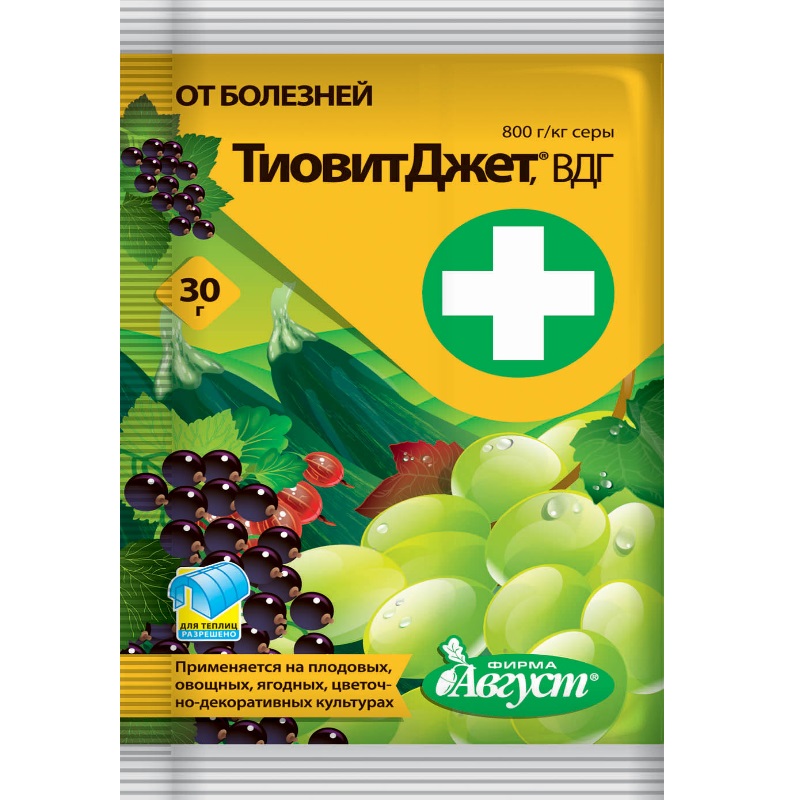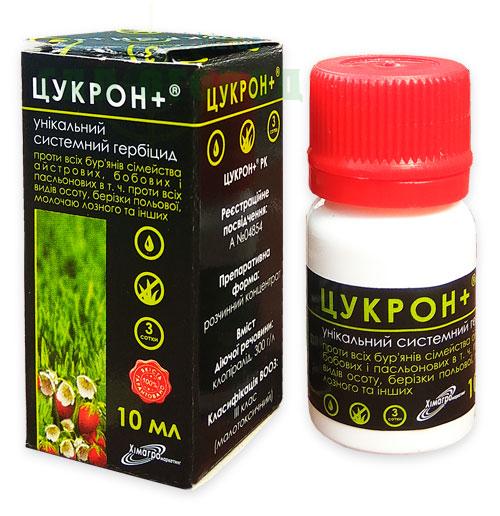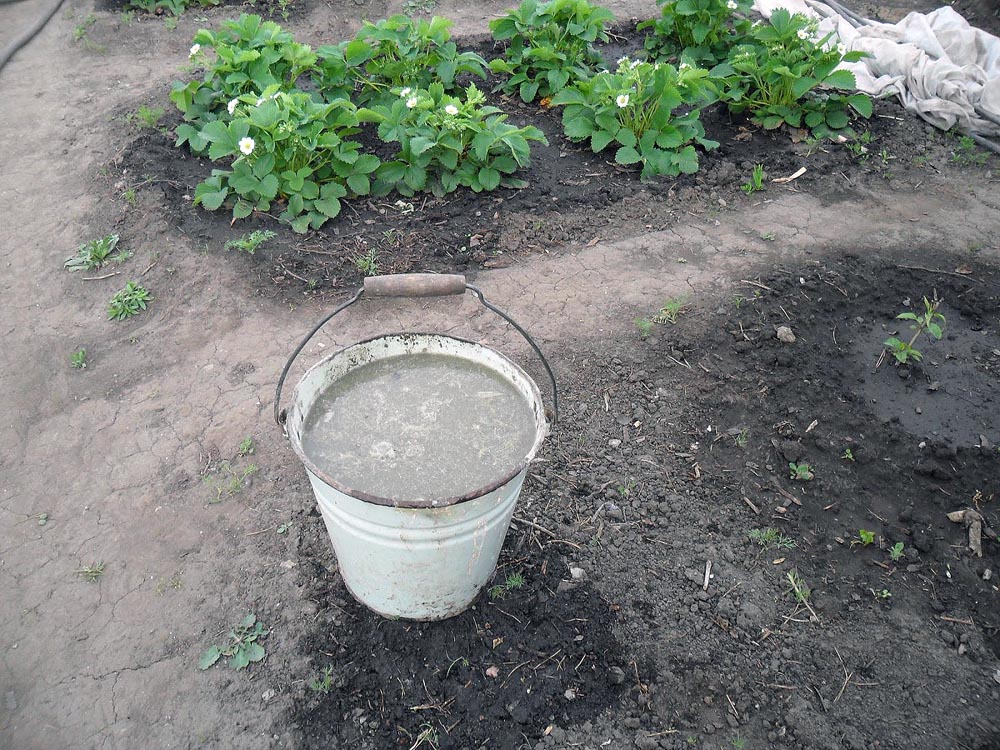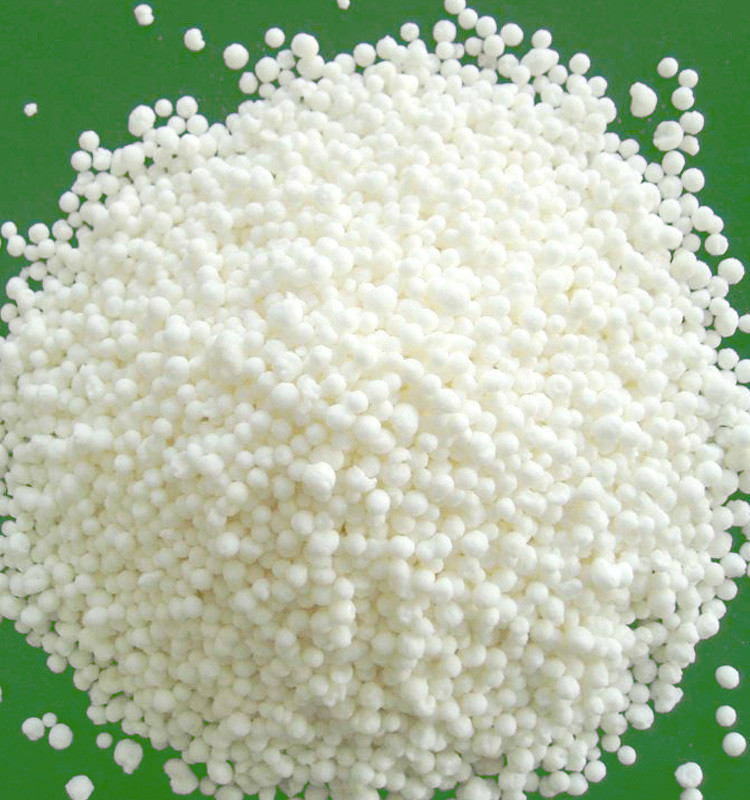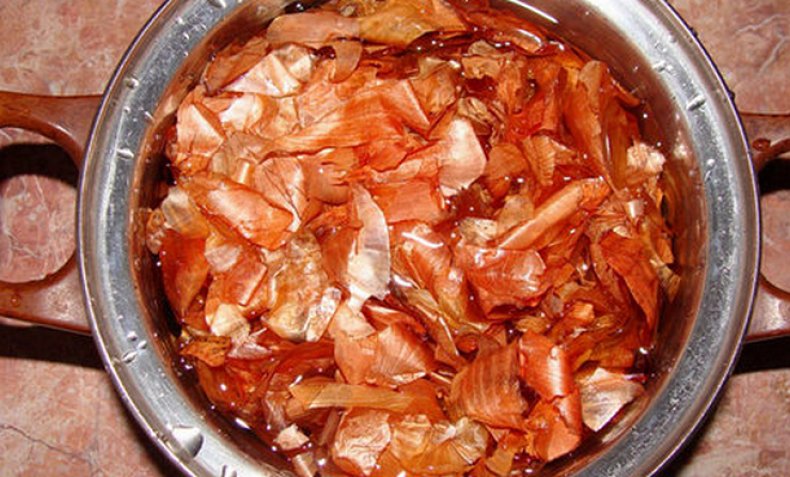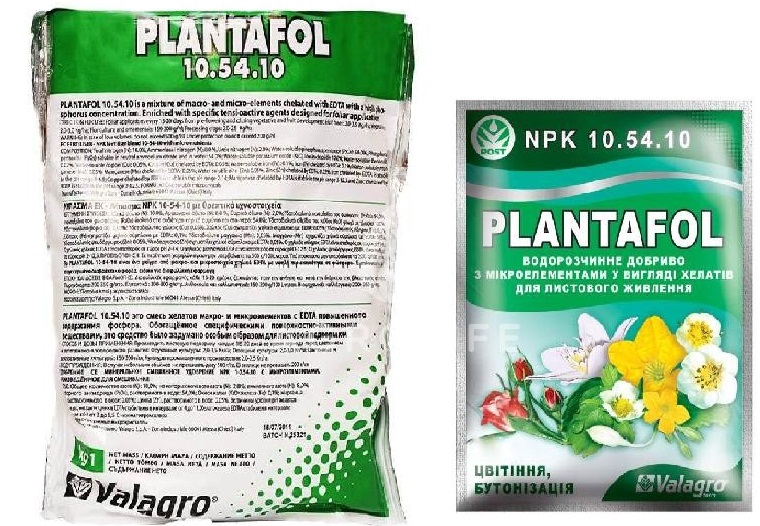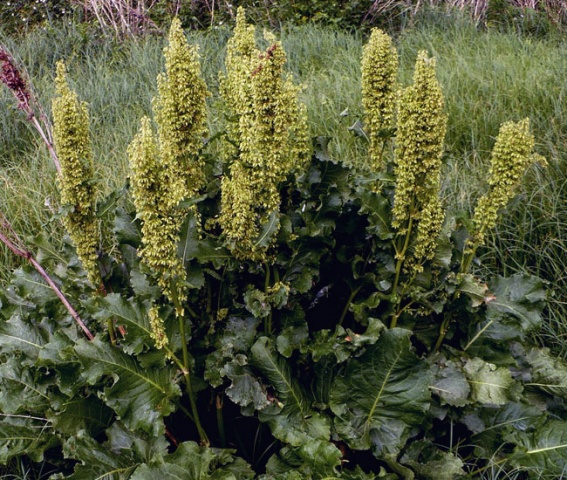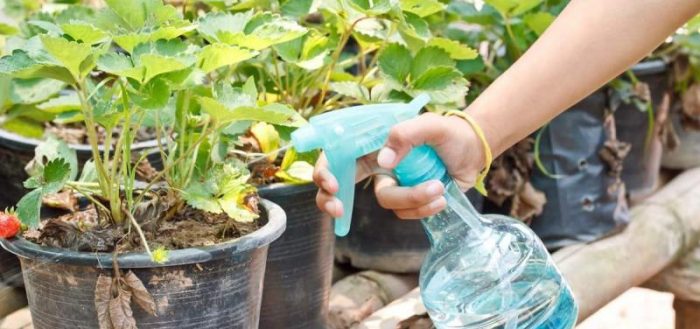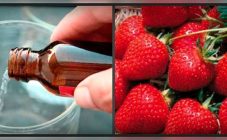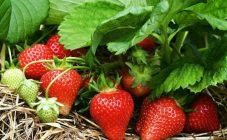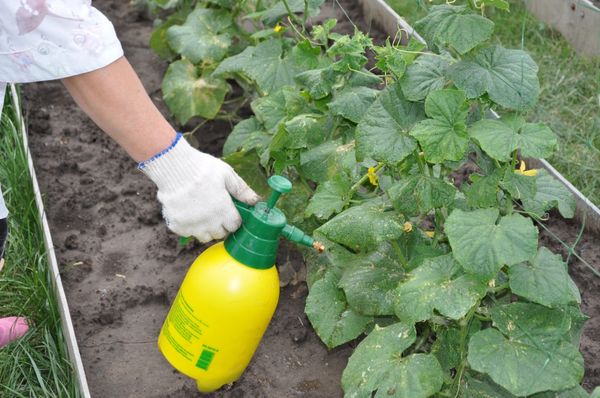Content:
Strawberries are among those delicate plants that suffer from diseases, pests and weeds more than other berry crops. The fact is that its root system is close to the soil surface, while the roots of weeds penetrate deeper and take away water and nutrients from it. Tall grasses cover the undersized strawberry bushes from the sun, so the berry suffers from a lack of light. A herbicide for strawberries must be used without fail, in the presence of weeds, this crop simply will not produce a crop. Other types of protection are also applied. The best result is obtained by an integrated approach - a combination of agrotechnical measures and the use of agricultural chemicals.
List of the best strawberry remedies for weeds, diseases and pests
Various methods can help you get rid of weeds in strawberry beds. Experienced agronomists advise using decking or mulch planting with straw and sawdust. But if there is still a strong weediness of the site, immediately after the growth, the weeds must be treated with systemic herbicides. The most intractable plants are all types of wheatgrass, broom, thistle, chicken millet. But modern formulations work against them too.
Tiovit Jet for strawberries
It has a double action: fungicidal and acaricidal. That is, it copes with both fungal diseases and pests.
Tiovit Jet is released in the form of granules, which dissolve quickly in water and form something like a suspension. It has the following advantages:
- high biological activity,
- ensuring plant protection for a long time (at least a week),
- lack of phytotoxic effect,
- effectiveness against a large number of diseases.
If a gardener is going to use Tiovit Jet, the instructions for use for strawberries say that the maximum dosage is 1 g per 1 liter of water, therefore, you need to take 10 g per bucket. You cannot store it for a long time, you must use it on the same day.
Nuclear mix for strawberries
This is a folk recipe, it does not set such exact proportions as when using factory agricultural chemistry. For a volume of water of 40 liters, take:
- birch tar - 80 ml (this is one bottle),
- pharmacy iodine, that is, in fact, an alcohol solution - 25 ml (this is one standard bottle),
- boric acid - 10 g,
- ammonia is a 10% solution that is sold in pharmacies. You need a 40 ml bottle,
- fir oil - 30 ml (one bottle).
All these ingredients must be poured into a prepared container and mixed. It is best to do this while wearing a respirator, as the mixture will smell harsh.
Some gardeners are modernizing this recipe, also known as the hellish strawberry mix. Taking into account that the active substance of the ammonia solution is ammonia, you can use ammonium nitrate instead, and at the same time the smell will be less harsh.
You need to process strawberries as follows - take 1 glass of the resulting nuclear mixture and dilute it in 10 liters of pure water. After that, the plantings are sprayed with the resulting product. The nuclear mixture is effective against both pests and diseases, including fungi.
Other strawberry processing products
Considering herbicides for strawberries from weeds, diseases and pests, the following options can be distinguished:
- Trichopolus. The active ingredient is metronidazole. The proportions for the use of Trichopol are as follows: 20 tablets of the product per 10 liters of water,
- Strawberry Rescuer is an insecticide that targets pests. In addition, it stimulates the growth of berry culture. You need to take one packet of "Strawberry Rescuer" and dilute it in 10 liters of water. Processing is carried out in the spring,
- colloidal sulfur is effective against diseases and pests. In the old days, in order to get this element, a system of pots dug into the ground would be needed. Currently sold ready-made. For the solution, you need to take 30 g of colloidal sulfur in a bucket of water, and this tool is used to treat strawberry leaves on both sides, since it is not absorbed, but remains on the surface,
- Abiga Peak is a modern fungicide that treats strawberries before flowering. You need to take 50 ml of the product for 10 liters of water (this is a standard bucket). All the leaves of the plant are sprayed
- Fufanon is an insecticide that is effective against most pests.
- Fundazole is an agent used against fungal diseases.
- Zucron. It is a remedy that fights even the most tenacious weeds like sow thistle. They die 12-18 hours after the application of Tsukron. Apply at the rate of 300 g per liter of water.
Zukron should not be confused with Zircon. The latter is a plant growth regulator and is used to increase yields. So Zircon will produce super-berries, but won't kill the weeds.
Means for increasing the yield of strawberries
Agronomists also recommend using Epin for strawberries. It is not a fungicide or herbicide, but it increases the immunity of a crop to diseases and pests. Consumption - 1 ampoule per 5 liters of water. It is usually used for spraying young plants, but it can also be used for seed treatment.
Another popular growth regulator is Immunocytophyte, which is also widely used for strawberries. It comes in pills. Consumption rate - 1 tablet per 1 tablespoon of water. In order for it to dissolve, it must be thoroughly mixed for half an hour, then additionally diluted with water, in a volume corresponding to the type of treatment of the plant.
Succinic acid for strawberries can be used as a biostimulator of growth. Use its aqueous solution - 0.01%, that is, 1 g per 5-10 liters of water. For the same purposes, the use of sodium monophosphate is recommended.
Best Strawberry Fertilizers
For normal growth, the plant needs nitrogen, phosphorus, and other nutrients.
Biohumus, nitrophoska and azofoska
Biohumus for strawberries is a natural fertilizer of organic origin. It contains all the elements necessary for a plant - nitrogen, phosphorus, magnesium, etc. The use of vermicompost for strawberries is considered mandatory. The first time it is introduced into the soil during planting, in each hole under the bush - up to 200 g of vermicompost. Then it is already used for watering seedlings, with a frequency of two weeks.
Azofoska must be applied before the flowering of this culture. You can scatter the granules closer to the roots (no more than 30 g per 1 square meter). You can prepare a solution - about 45-50 g of azofoska per bucket of water.
Nitrofoska is a fertilizer, the use of which is recommended for strawberries under the condition of acid-neutral soils. The use of nitrophoska is possible in spring and summer. It is recommended to use it in the form of a solution - 30 g of the substance per bucket of water.
Of the fertilizers, one should also highlight the "Zdraven" for strawberries, the instruction provides for its introduction before flowering and after harvesting. The dosage is 15 g per bucket of water.
Ammonium nitrate
Almost any plant needs nitrogen, otherwise it will slow down its growth, this also applies to strawberries. A deficiency of this element is also noticeable by the way strawberry leaves turn red. Nitrogen fertilizers are produced in different forms - nitrate, nitrate-ammonium, amide forms. The nitrate form of nitrogen is ideal for strawberries, but such fertilizers are expensive, and in addition, they can be washed out of the soil. Therefore, nitrate-ammonium forms are more often used. This is, for example, ammonium nitrate.
It is not recommended to add it to the soil together with the main fertilizer. It is better to feed the bushes already when watering. To do this, you need to take 20-30 g of ammonium nitrate per 10 liters of water. You need to water from a watering can with a narrow spout so that the fertilizer gets to the very root. At the same time, you need to ensure that saltpeter does not spill on the leaves or berries, otherwise it can cause a burn.
Nitroammophoska is used separately. These are not identical concepts, ammonium nitrate is an integral component of this mixture.
Infusion of onion peel
They are also used as a top dressing for berry crops, and as protection against various diseases (for example, black and gray rot). Hulls are also believed to give good results in pest control.
There are several recipes for infusion, which differ in the proportions of ingredients and the concentration of nutrients:
- 250 g of chopped onion husks are poured with a bucket of clean cold water (10 l). The product is left to infuse for four days, then filtered through folded gauze. The resulting solution is used to treat strawberry bushes,
- half the volume of the bucket is filled with crushed husk, and then the container is filled with completely hot water. After that, you need to cover the bucket with a lid and insist on the husk, two days will be enough for this. The product is filtered through cheesecloth and diluted with water twice against the initial volume,
- 20 g of chopped husks are mixed with 50 g of onions passed through a meat grinder or blender. The product is poured with hot water (3 l), the container is covered with a lid and left overnight, after which the product is filtered.
Some gardeners believe that the yield will be higher if you add a little grated soap to the infusion.
Plantafol for strawberries
A complex product that is used for root feeding. It contains a lot of potassium, phosphorus and nitrogen and is a white powder. The main substances in it are present in the amide form, which is especially well absorbed by strawberries.
Plantafol is of several types, they differ in composition, more precisely, in the concentration of nitrogen. So, in the spring, at the very beginning of the growing season, a product labeled "10/30/10" is used for strawberries, it contains a lot of nitrogen. Then, already before flowering, it is necessary to treat the plants with a product marked "10.54.10", and after the ovary has appeared - "20.20.20". In addition, Plantafol 5.15.45 is used to prevent diseases for strawberries. The recommended dosage is 300 g per 100 liters (5 buckets) of water. It can be recalculated if necessary.
Borofoska for strawberries
It is essentially a boric fertilizer, although it contains other substances, including calcium, phosphorus and magnesium. Potassium is also present in it, without which normal plant development is impossible. But its main element is boron. The tool is necessary because boron is quickly washed out of the soil.
Borofoska is introduced mainly when digging a site at the rate of 5-10 kg per one hundred square meters.Further processing already provides for a reduction in the fertilization rate. Before planting strawberry seedlings, this figure is already 50-80 g of fertilizer per 1 sq. M.
Folk recipes for weed and pest control
As a rule, folk methods of dealing with these misfortunes do not give such a pronounced effect as factory agricultural chemistry, and can also be quite dangerous. But sometimes they show good results and should not be avoided.
For example, an infusion of horse sorrel for strawberries can be used. Cooking it is quite simple, the main thing is to collect more fresh greens of this plant. There are no exact proportions, so you can take about half a bucket of chopped sorrel leaves and stalks, fill the container completely with water and leave for 10 days. The resulting infusion is sprayed on strawberry bushes both before and after fruiting.
Consuming mustard oil cake for strawberries is another popular folk method. It helps both pests and berry diseases. Use mustard cake in the amount of 1 teaspoon under each strawberry bush when planting. The secret of a good harvest lies in the use of this product, because the cake contains many nutritive components.
Experienced gardeners recommend using tobacco dust for strawberries. It is useless against weeds, but it helps to fight pests. Something like a decoction is prepared from it - they take 0.5 cups of tobacco dust and pour 1 liter of water. The resulting product is infused for a day, and then filtered and diluted with water in a 1: 2 ratio.
Strawberry baking soda can be an alternative to more expensive chemicals. Baking soda costs literally a penny and is sold in any store. It is used to combat powdery mildew on plant leaves. For processing, it is recommended to take 4 tablespoons of strawberry baking soda and dilute them in a bucket of water (10 L). Then they take the resulting soda solution and treat the affected plants. It is best to carry out this procedure in the evening. It is enough to do this once every seven days.
Eggshells are an example of waste-free production. Often they do not even grind it into powder, but simply break it up and scatter it under the strawberry bushes - a calcium supplement is obtained. It contains not only calcium, but also other elements useful for the berry culture. Eggshells can also be dried and burned, and the resulting powder can be applied as fertilizer when digging a site.
Strawberry is a berry crop that requires a very serious approach. But with the timely use of herbicides, agrochemistry and fertilizers, it will delight the owner of the site with a bountiful harvest.

